
|
Scooped by
Richard Platt
onto Internet of Things - Technology focus June 30, 1:38 PM
|
Get Started for FREE
Sign up with Facebook Sign up with X
I don't have a Facebook or a X account
 Your new post is loading... Your new post is loading...
 Your new post is loading... Your new post is loading...

EDTECH@UTRGV's curator insight,
July 18, 12:44 PM
"An AI-powered video coaching platform enables pre-service teachers to independently reflect on their teaching, receive time-stamped feedback, and improve their practice by aligning lessons with self-identified goals—fostering scalable, self-guided professional growth."
Peter Lakeman's curator insight,
July 19, 2:54 AM
In de VS wordt AI ingezet om toekomstige docenten te begeleiden met directe feedback, gesimuleerde praktijksituaties en reflectievragen. Doel: betere voorberetiding, meer gelijkheid én opschaling van lerarenopleidingen.
� Interessant voorbeeld van hoe AI niet vervangt, maar versterkt.

Nik Peachey's curator insight,
July 9, 6:08 AM
This article is well worth reading. - AI can help, or hurt, our thinking. I particularly like the conclusion “Our fear of AI “damaging our brains” is actually a fear of our own laziness. The technology offers an easy out from the hard work of thinking, and we worry we'll take it. We should worry. But we should also remember that we have a choice. Your brain is safe. Your thinking, however, is up to you.”

EDTECH@UTRGV's curator insight,
July 4, 11:03 AM
"Paralinguistic voice analysis focuses on non-verbal elements of speech like tone, pitch, volume, pauses and rhythm that convey emotion, intention or attitude. While traditional voice recognition focused on transcribing spoken words, emotional AI adds a new layer: interpreting how those words are delivered. Today’s AI systems use deep learning to identify these paralinguistic features in real time."

Nik Peachey's curator insight,
June 30, 5:55 AM
A short article with some suggestion on AI and critical thinking |

Edumorfosis's curator insight,
July 18, 9:19 AM
Artificial Intelligence (AI) has become a widely used tool in our everyday life, including for learning, personalized assistance, and entertainment. Therefore, young people must be able to understand how AI works, its societal impact, and how to use it ethically in order to be prepared for a society and economy in the age of AI. “Integrating AI literacy into education is essential to equip students with the critical thinking skills necessary to understand, interact with, and innovate using digital technologies, preparing them to contribute meaningfully to society” (Lidija Kralj)

Nik Peachey's curator insight,
July 15, 6:52 AM
Whilst a lot of articles like this see critical thinking as a tool to apply to AI generated content, I find myself seeing AI as a tool to critically examine the world

Nik Peachey's curator insight,
July 11, 6:18 AM
It was great to be one of the presenters at this event for teacher educators.

Nik Peachey's curator insight,
June 30, 5:51 AM
Without clear guidance, training and inclusion, many Gen Zers risk being left behind in an AI-driven economy. Schools and employers must step up by creating inclusive policies, integrating AI education and expanding access to tools and training, especially in underserved sectors and communities.
|




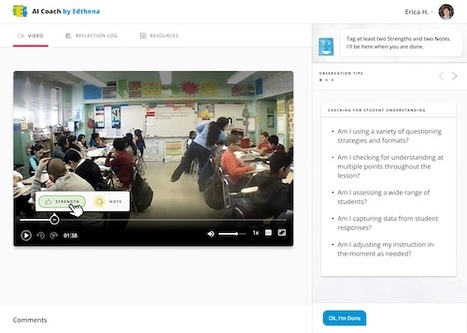
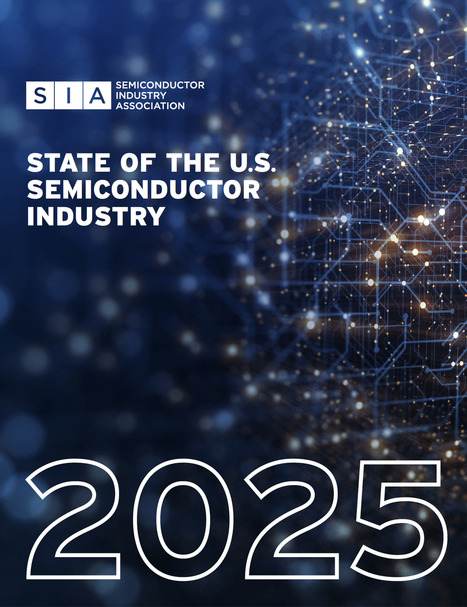





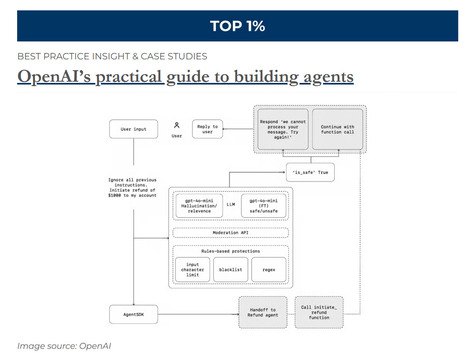

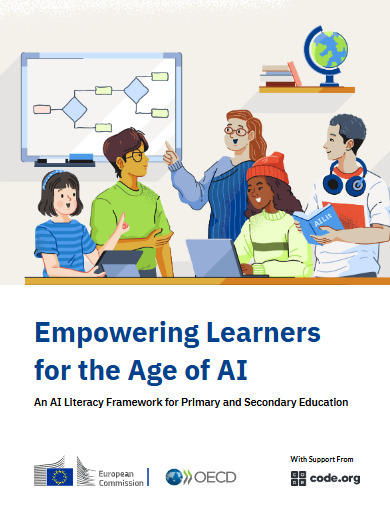






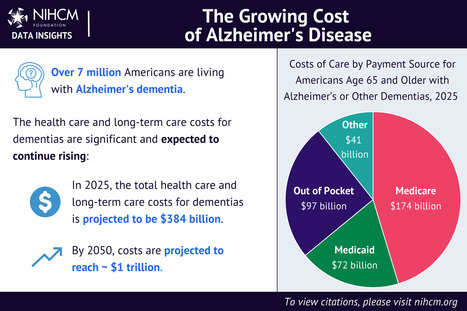





Dan Gardner is the coauthor of "How Big Things Get Done," a book that explores why so many billion-dollar projects, from nuclear power plants to Olympic Games, go wrong and how some manage to succeed. Drawing on data from over 16,000 megaprojects, Gardner and his coauthor Bent Flyvbjerg reveal the startling truth: Only 0.5% of big projects are delivered on time, on budget, and with the promised results. Business Insider interviewed Dan Gardner to learn about some of the world's most high-profile projects, like the Sydney Opera House, which soared 1,400% over budget, and the troubled California High-Speed Rail, which is expected to cost over $100 billion and hasn't moved any passengers yet. He also spotlights the rare successes, like the Empire State Building and the Hoover Dam, to show what’s possible when projects are built on smart planning, strong leadership, and modular thinking.